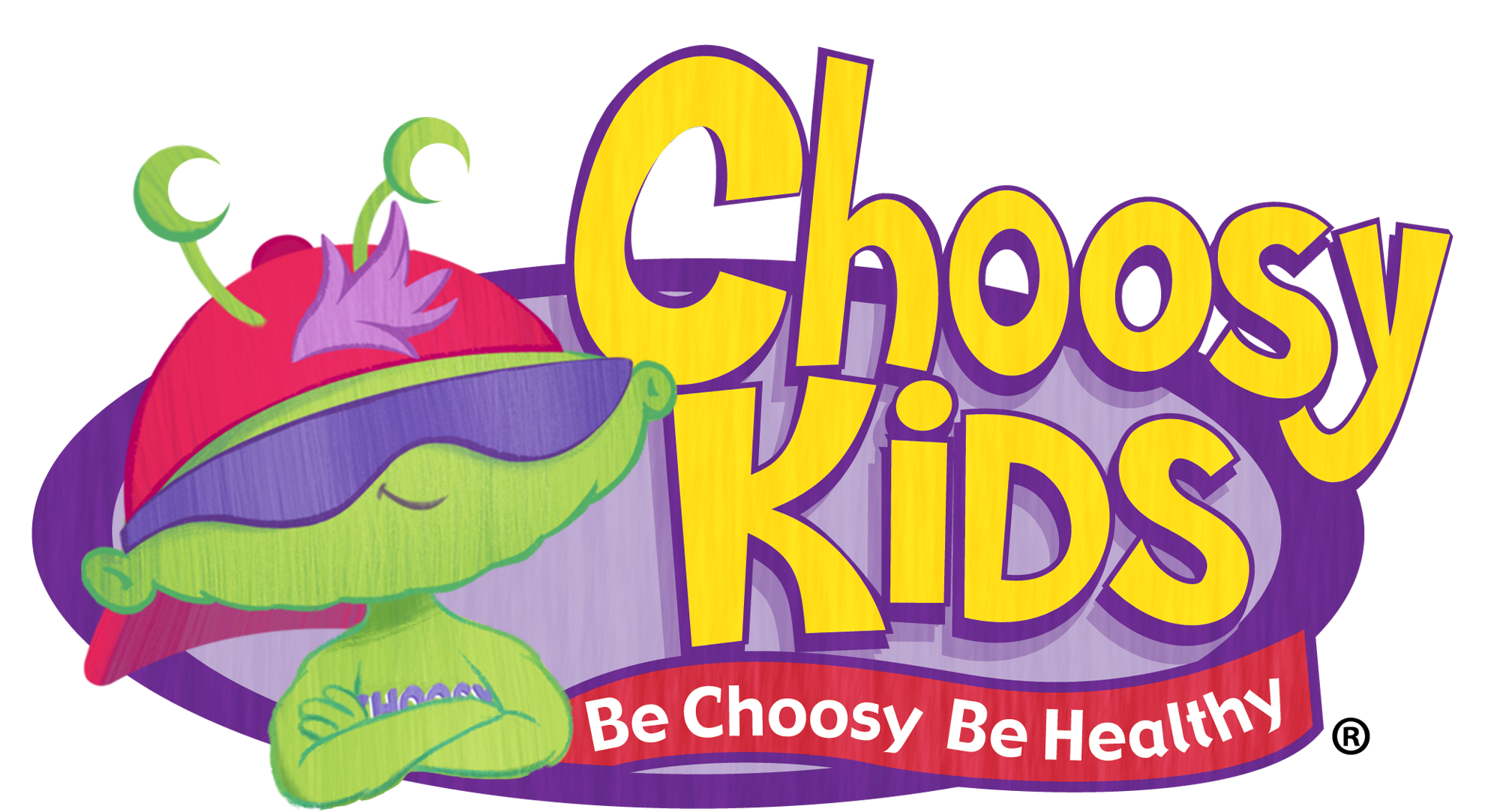


By Christine Cox, Choosy Kids Contributor
Did you know that only about 50% of Americans actually floss their teeth daily, according to the American Dental Association? That leaves only half of the population to teach their children the importance of flossing and how to do it properly. Now is the time to make a change..
When Can A Child Floss?
Get Creative!

In this example, I used the Mega Blocks to represent her teeth and put playdough in the space between to represent the plaque that can get stuck in between and on our teeth. I gave her the exact floss stick that I have always used to floss her teeth and explained to her the representation of teeth and plaque.
After a quick lesson of how to properly insert the floss stick between the “teeth”, she went straight to trying it on the Mega Block. She learned quickly to move the floss stick up and down on the Mega Block to make sure she got all of the playdough out. I was so pleased with this activity and she really grasped a good understanding of how to floss her own teeth.
Not Just For Kids
Everyone should floss their teeth at least once a day. Daily flossing helps remove plaque from in between and on the teeth where it can easily create cavities. If your child is still drinking from a bottle, and has two teeth beside each other, flossing is even more important to make sure you get all of the excess milk off of the teeth. At the same time, removing plaque helps reduce the risk of gum disease or gingivitis which can result in bleeding and inflamed gums.
A great resource for additional information about keeping children's teeth health is from the American Academy of Pediatric Dentistry.
Do your children floss with your help?? At what age did you introduce it?
You may also like...








